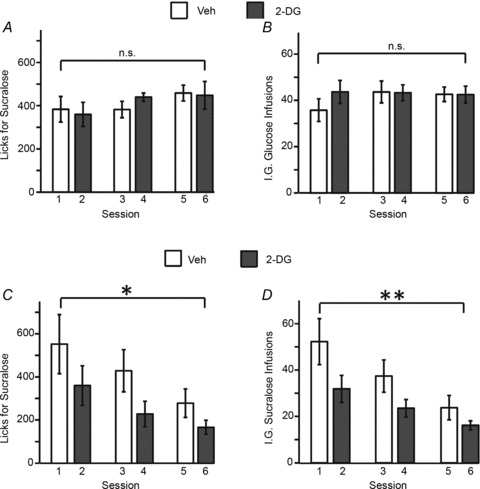Figure 5. Glucoprivation effects on artificial sweetener intake were not due to orosensory factors.

Mice licked to sucralose-containing sippers such that detected licks for sucralose triggered either glucose or sucralose intra-gastric infusions. To induce the effects of recurrent glucoprivation, each of the six daily sessions was preceded by an i.p.injection of either vehicle or 2-DG on alternate days. A, animals (n= 8) licking sucralose and obtaining intra-gastric infusions of glucose sustained stable levels of intake throughout the six sessions. B, similar effects are observed when the number of sucralose-triggered intra-gastric (glucose) infusions is analysed. C, however, for a different group of mice (n= 8), licking sucralose and obtaining intra-gastric infusions of sucralose was associated with significant decreases in intake throughout the six sessions (session effect *P= 0.001. D, similar effects are observed when the number of sucralose-triggered intra-gastric (sucralose) infusions are analysed (session effect **P < 0.001). Note that the absence of glucoprivic treatment (or session × treatment interaction) effects in C and D is accounted for by the fact that decreases in sucralose ingestion were elicited on the first glucoprivic session and intake remained low throughout the experiment irrespective of treatment (vehicle or 2-DG), pointing to enduring adaptive changes in motivation to consume artificial sweeteners that were triggered by the first sweetener–glucoprivation pairing.
